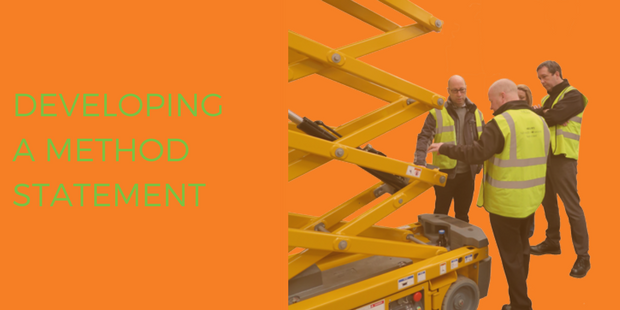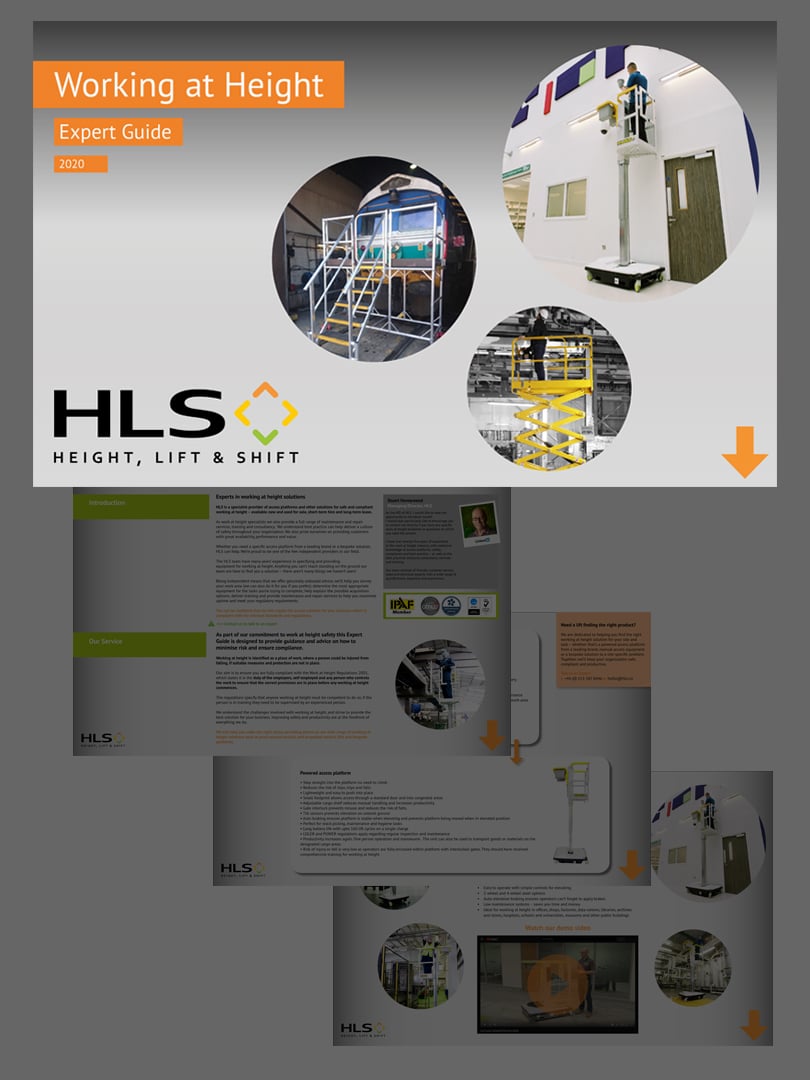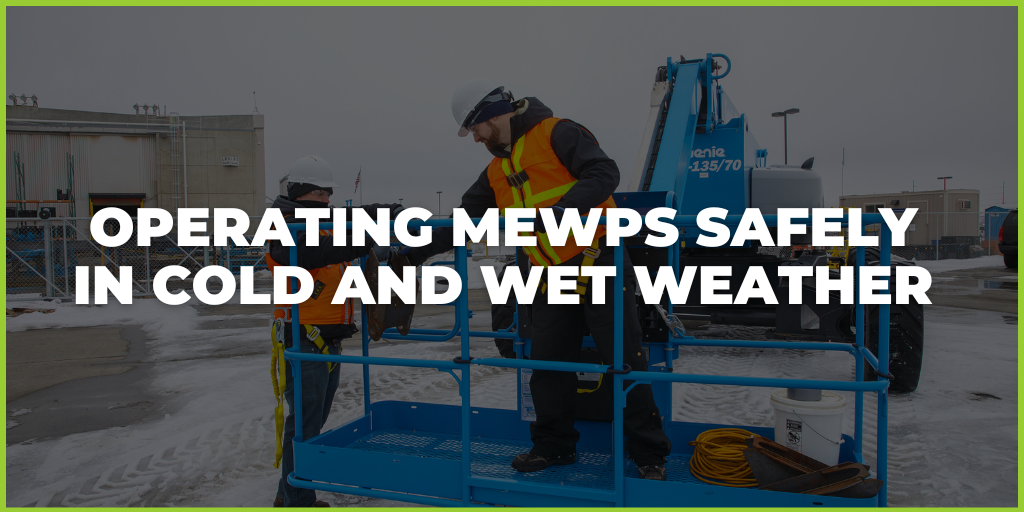In the UK, it is a legal requirement that both employers and self-employed contractors consider and assess the risk associated with working at height. They are further obligated to take appropriate action so that work can be carried out safely. In our previous two part blog we discussed managing risk in work at height situations. One way to reduce the risk is to train and instruct employees on the various precautions you expect them to take and of the various hazards and risks of tasks.
Method statements are documents widely used by organisations, specifically within the construction industry, to manage work and also communicate a plan of action to those involved in doing the work. They are produced on the basis of the information gathered during the risk assessment. They tell employees how to carry out their work.
A good method statement should:
- Be no longer than necessary.
- Be simple, easy to read, and highlight the key facts including the risks and precautions of each work scenario.
- Make use of illustrations where they are helpful and reduce the use of text.
- Be to the point and concise; avoiding any generalisations that could lead to misunderstandings.
- Detail equipment that will be required for safe working at height to be achieved.
- State what needs to be done in the event that the work method needs to be adjusted.
A good method statement will include the following for work at height scenarios:
- Fall prevention (collective and personal).
- Inspection requirements.
- Supervision requirements.
- A way to prevent unauthorised access to the area beneath where the work is being undertaken
- Weather conditions that workers may be exposed to given the particular work scenario, and specific measures that need to be taken. For example wind, rain, snow, and the issues they may cause such as a slippery surface.
- Specific conditions where it would not be appropriate to rely on the emergency services in the event of an accident and the plan of action.
- A rescue plan (we’ll cover how to create one of these in our next blog).
Once the method statement has been produced, it should be reviewed and signed off by the competent person. Thereafter it must be communicated to all appropriate workers and stored in a way that is easily accessible for review.
In summary, a method statement should be a concise but thorough document which clearly outlines how workers should undertake their duties whilst working at height. It is important that the document is reviewed regularly and amended in the event that the nature or detail of the work changes in any way. Most organisations use a baseline template for their method statement and adapt it for the intricacies of their particular scenario.
For more information about the production of method statements, or any other queries about working at height, please contact us to speak to one of our consultants.





